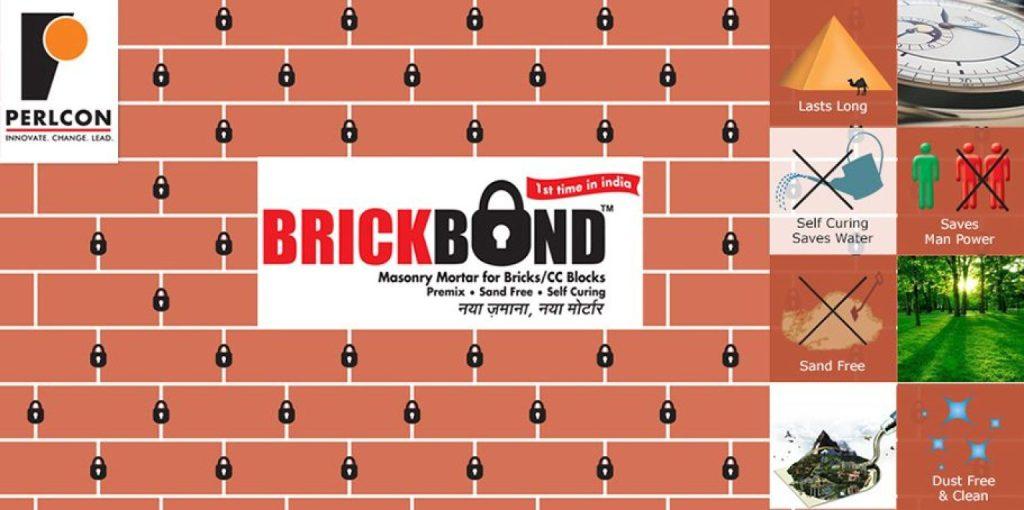How a Brick is Sustainable & What are the New alternatives available — Econaur
A recent question posed by our user — is a brick building more sustainable? While this may seem a simple enough question, the answers are really not as straight forward. It is true, the first thing that occurs in the minds of most people is that brick is natural and therefore must be more earth-friendly.
The foremost criteria for evaluating the sustainability of a wall or building envelope material is thermal insulation. This is measured by the unit R-value — which is a measure of how well a two-dimensional barrier, such as a layer of insulation, a window or a complete wall or ceiling, resists the conductive flow of heat. According to Inspectapedia, basic brick walls have an insulation value, or R-value, of 0.2 per square inch. Conventional 8-inch concrete block walls have an R-value of 0.08 per square inch. In general, the greater the R-value, the greater the resistance, and so better is the thermal insulating properties of the barrier. Therefore, this far, the brick is faring as a better performer.
However, adding a layer of insulation or an air gap greatly changes the performance of brick and concrete. It is common in today’s marketplace to have aerated concrete blocks or insulated concrete blocks that are readily available. Insulated concrete blocks can increase their R-value to about 1.2 per square inch, and aerated blocks can have R-values as high as 3.9.

Bricks, on the other hand, suffer since very few values adds are made to them to have new products which are easily sourced in our material markets. It boils down to know-how and masonry techniques. Using techniques such as the architects favorite ‘rat-trap bond’ can improve thermal insulation. So, what are these ‘bonds’ and what specifically is a rat trap bond?
A brick bond is the pattern in which bricks are laid. It applies to both brick walls and to concrete block and other types of masonry construction. There are many different types of brick bonds and each has its own look, installation challenges, and structural considerations. A ‘rat trap bond’ is a method of wall construction, in which bricks are placed in a vertical position instead of conventional horizontal position there by creating a cavity (hollow space) within the wall. Architect Laurie Baker introduced it in Kerala in the 1970s and used it extensively for its lower construction cost, reduced material requirement and better thermal efficiency than conventional masonry wall, without compromising strength of the wall.
However, no performance data exists on the R-value of a rat trap bond brick wall — this is an assembly not a product and therefore becomes a bit trickier to ascertain. But despite the lack of data, one can make the following assumptions with some surety — an aerated concrete block wall is a better performer than a standard brick bond wall and a rat trap bond brick wall is better than any type of concrete wall!

So, the next time you are choosing to build, start with the fundamentals — brick may not always be the most sustainable, it has to have a right bond to give a great performance.
BRICK, A SUSTAINABLE PRODUCT
Brick is a natural, quality, user and maintenance-friendly product, that is durable during all phases of its life cycle. In the construction phase from the use of raw materials, production process to packaging. During the operational phase through comfort, maintenance, flexibility, and safety. During demolition through reuse and recycling of bricks.

Thermal comfort
The porous structure of bricks offers a huge advantage: the ability to accumulate heat. In winter, during sunny days, bricks can store heat from the sun and radiate the energy back when necessary. During the summer they can buffer the heat and thus avoid overheating of the building.
Maintenance-free
Bricks require no maintenance. After a while, external brickwork even obtains a certain luster. It adds charm to a residence. Because no maintenance is required, the impact of the building on the environment is much smaller.

Mechanical resistance
Bricks are very stable. Temperature changes do not cause them to expand or shrink. Because of this mechanical resistance, bricks are well suited for buildings of ten or more stories.
Fire resistance
Brick is a non-flammable and non-combustible material. It reduces the chances of fire. When exposed to fire no toxic gases are emitted. Often, after a fire, a brick facade is structurally still sound and can be incorporated in the renovated building.
Adaptable and flexible
Brick buildings are very flexible. During the construction process and the building’s lifetime, the layout of the building can be customized.
RECYCLING AND REUSE
The decision to demolish a building is usually not because of the state of the external bricks, even if it is a hundred years old. Often the old structure no longer meets the current requirements and the decision is made to reconstruct the building. After demolition, bricks can be recovered and recycled or reused.
Reuse:
After removing the remains of mortar, bricks remain reusable for restoration or for new homes and projects. Recovered bricks give a building an exceptional appearance and character.

Recycling:
Because of their mineral structure, bricks from demolition sites can be used after recycling as:
* Filling and stabilizing material for infrastructure works.
* Aggregates for poured and precast concrete and mortar.
* Aggregates for calcium silicate bricks.
* Red “crushed brick” as gravel on tennis courts.
* Plant substrates.
Because bricks only consist of natural raw materials, they have no harmful side effects when they come into contact with ground or surface water.
A Solutions Made by Perlcon.
Tags: durability of brickseco friendly bricks manufacturinggreen BuildingGreen Building MaterialsGreen Buildings SolutionsGreen Indiahow to make eco friendly brickskenoteq bricksustainable brick façadesustainable bricks indiasustainable bricks made from plastic bottlesSustainable developmentwhy burnt clay bricks are not sustainable








